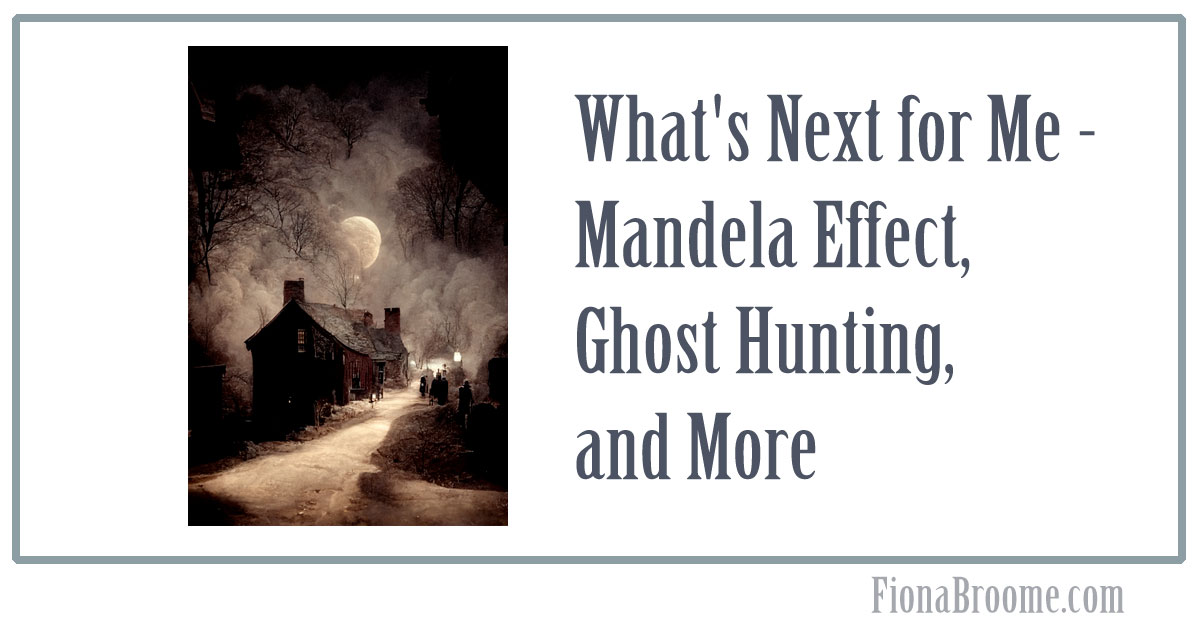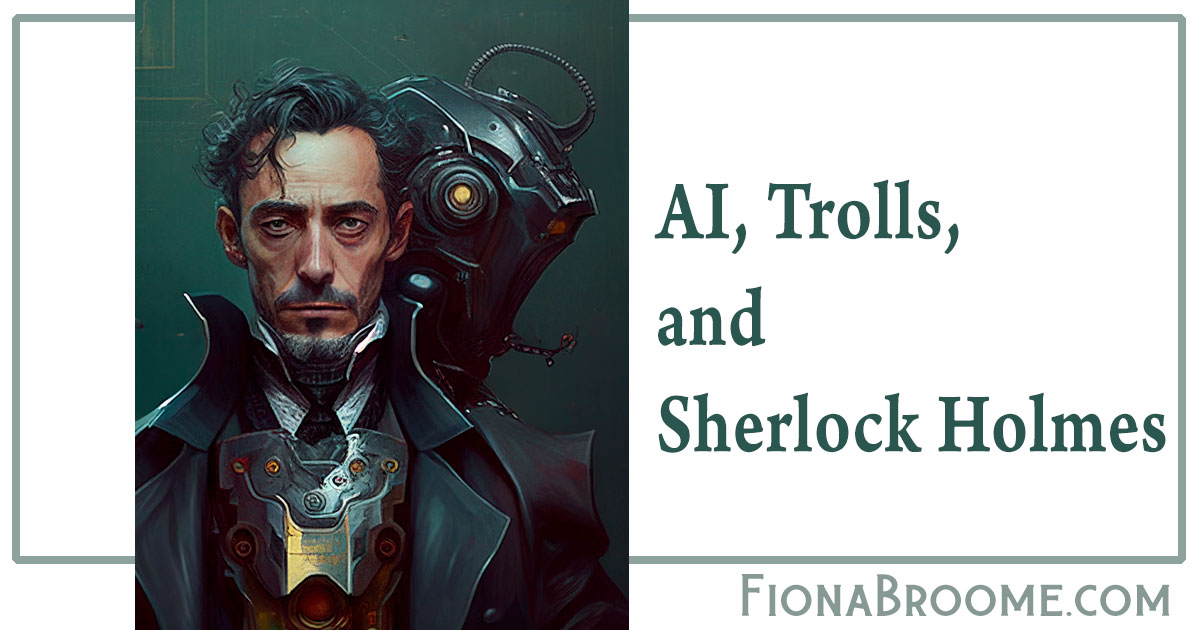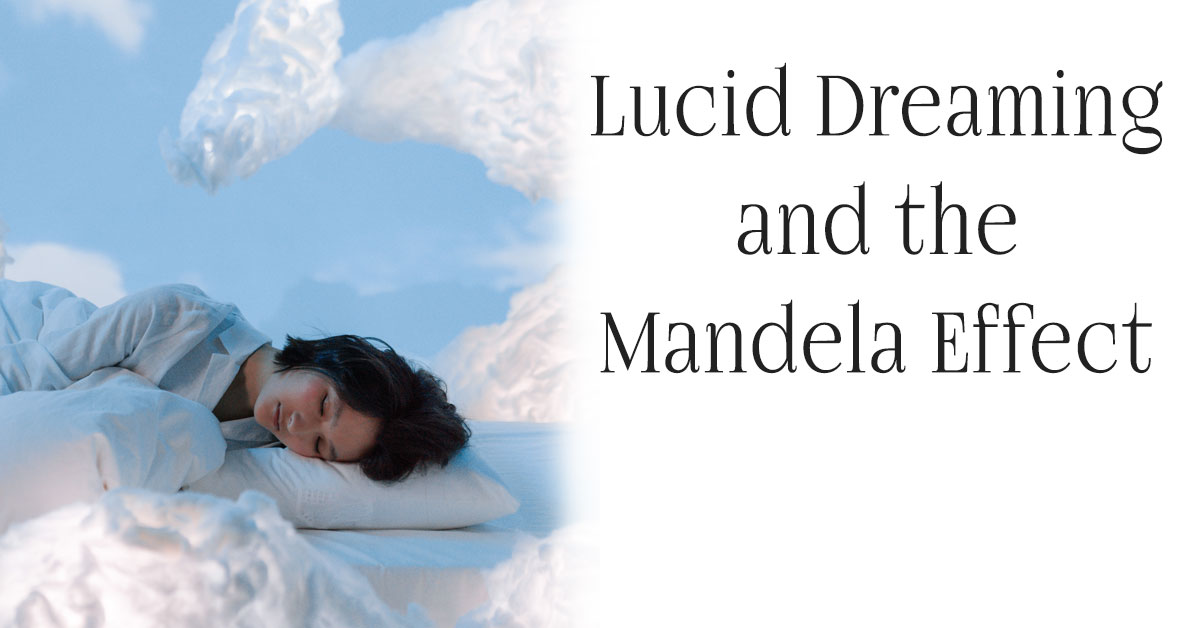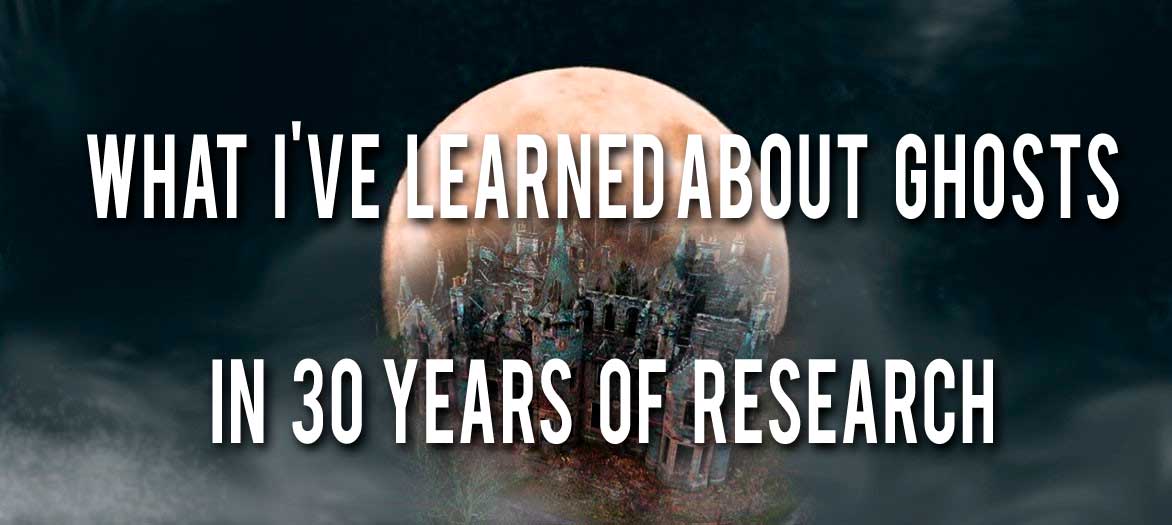This will be a rant.
Here’s what happened, early in March 2023.
In late February, once again, the Mandela Effect website/archives needed to be moved to new hosting. (Spikes in interest – and traffic – have always been an issue. Every year or two, I have to switch to increasingly high-powered hosting. The continued interest in the topic astonishes me.)
So, at my Facebook Page, I alerted readers about the pending move.
On March 7th, I announced that the actual move was in progress.
But then, in response to some very demanding comments, I had to (yet again) explain that – receiving 1k to 5k emails/day – there’s no way I can read every email sent to me, much less reply to them.
And frankly, I usually feel as if don’t have anything new to say about the Mandela Effect.
Until science can offer better explanations for the more extreme anomalies (the ones that aren’t simple confusion, media errors, or memory glitches), and resolve the archaic aspects of Newtonian physics, it’s all speculation.
And then…
The Facebook comments that followed were even more unattractive. They were insulting. Abusive. Worrisome.
Most were so inflammatory that Facebook automatically hid them from public view, though I could read and delete them. (And did so.)
Here’s what I said, after a bout of well-earned, knee-wobbling mix of rage and anxiety:
Yes, I deleted my most recent post, explaining that the Mandela Effect website was (finally) being installed at new hosting.
Facebook did a good job of hiding the most troubling comments and retorts, so others couldn’t see them.But, in light of the vitriol I’ve just read and deleted, it’s time for me to step back from the Mandela Effect altogether.What started as a fun, speculative conversation back in 2009 has become something so apparently polarizing, I’m appalled.I wish all good things to those who continue related research and conversations.
After today, it’s not something that I can pursue.
So, now you know why – in March – I did a quick U-turn regarding website hosting for my Mandela Effect (dot com) site.
At least for now, I’ve retired it.
(Note: In September 2023, after I’d had time to think about this, and feel less agitated, I came up with a better solution than WordPress.com: YouTube.)
What’s Next for MandelaEffect.com
The most important articles and comments from the Mandela Effect website are still available and FREE to read, in my Mandela Effect archives ebooks. (Note: As an author and Amazon Associate I earn from qualifying purchases.)
As I see it, the Mandela Effect was just a quirky topic I put online to see if anyone else had the same mistaken memory (about Nelson Mandela’s death) that I did.
I haven’t commercialized the topic as others have. (But hey, good for them, seeing a way to pursue their interests, profitably! <– I mean that sincerely.)
The books and movies referencing the Mandela Effect…? Their producers never contacted me. Ditto most Mandela Effect events and conferences.
I’ve never run ads on my website, either.
(Over the past 14 years, I’ve earned less than $1k from the topic, including my books, total. That hasn’t even covered the Mandela Effect site’s hosting bills, for heaven’s sake. I’m NOT looking for sympathy; I’m just explaining that my brain doesn’t seem wired for business.)
It’s time for me to shift my resources to my longer-term interests. The ones where I have expertise.
What’s Next for Me
I’ve decided to follow the examples of J.D. Salinger, et al, and focus on my work.
I’ll continue to study paranormal phenomena (but probably not the Mandela Effect).
Over the next few months, I’ll streamline my ghost-related websites so they’re easier to navigate. Essential information will be easier to find.
I’m looking at alternate ways to share what I know about the Mandela Effect, too.
Mostly, I plan to share my best – and freshest – observations and discoveries in books and videos.
-
- YouTube videos are free to watch. I like that. A lot. Also, they can reach a wide audience, perhaps even wider than my websites have. (Update: Maybe not!)
- Related books, especially printed books, will allow me to continue my work with fewer distractions.
- My ghost-related ebooks will be free in Kindle Unlimited, at least for the first three months. Also, portions of them will be in audiobooks, totally free to listen to, as well.
In general, I love fun, intelligent speculation about odd and unexplained phenomena. I thrive on mutually respectful conversations with a sci-fi undertone.
The geeky “what if…?” questions are what most intrigue me. They’re not wholly serious. Not usually, anyway.
But… answering repetitive questions, and demands for attention…? No, thanks.
For years, I tried to please everyone.
It didn’t work.
That’s why I’ve made – and will probably continue to make – radical changes in my online presence.
And try to stick to my resolve. (As if that’s ever worked for me. * chuckle and sigh * )







 I couldn’t even explain it to myself.
I couldn’t even explain it to myself.
